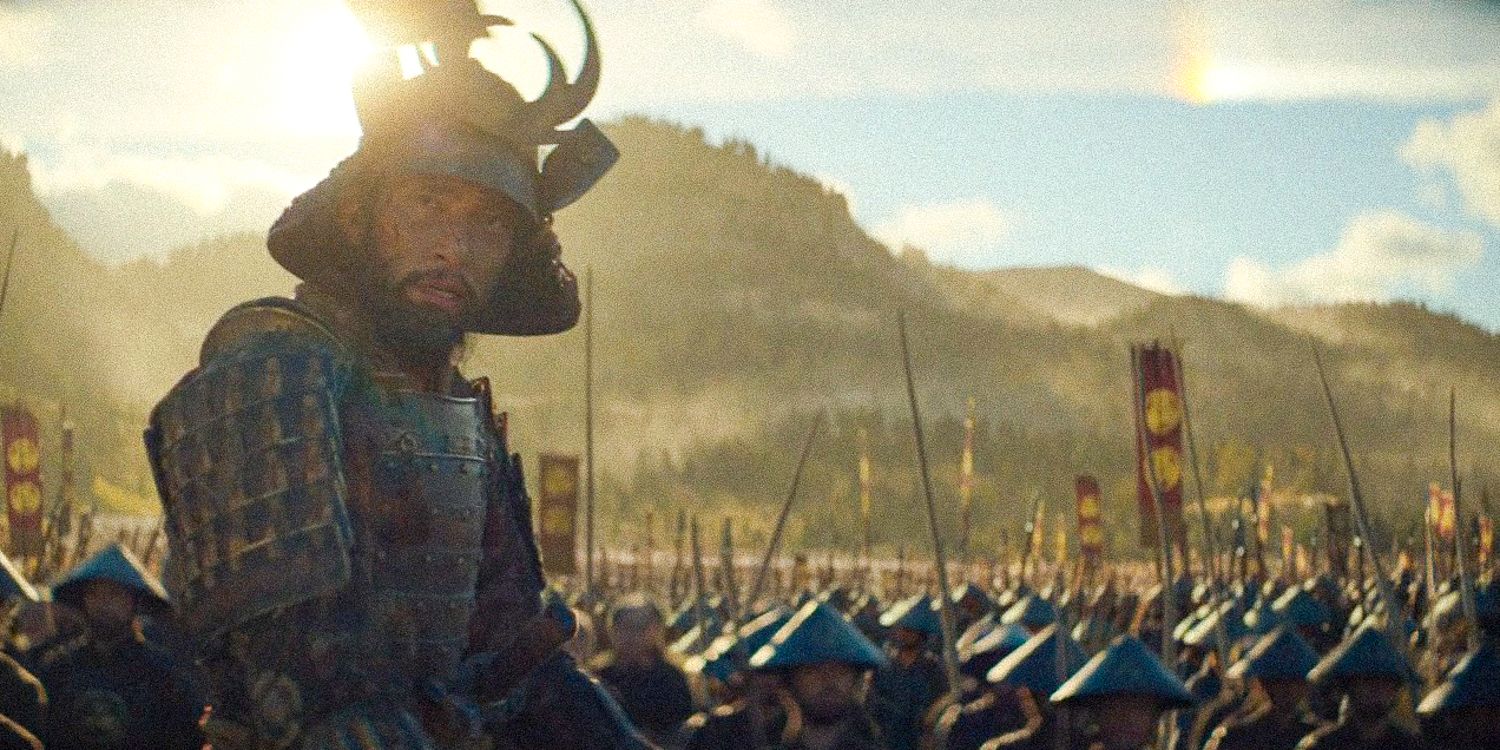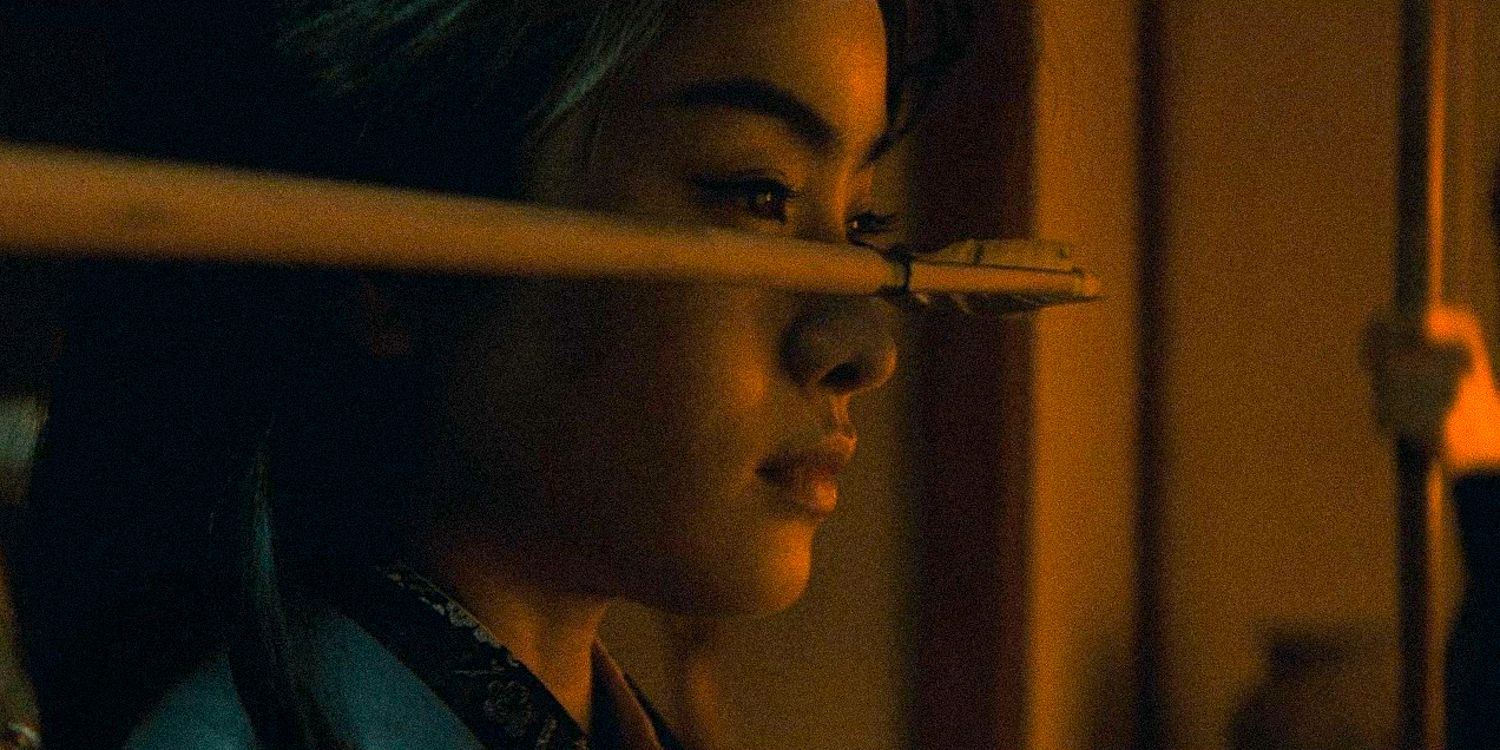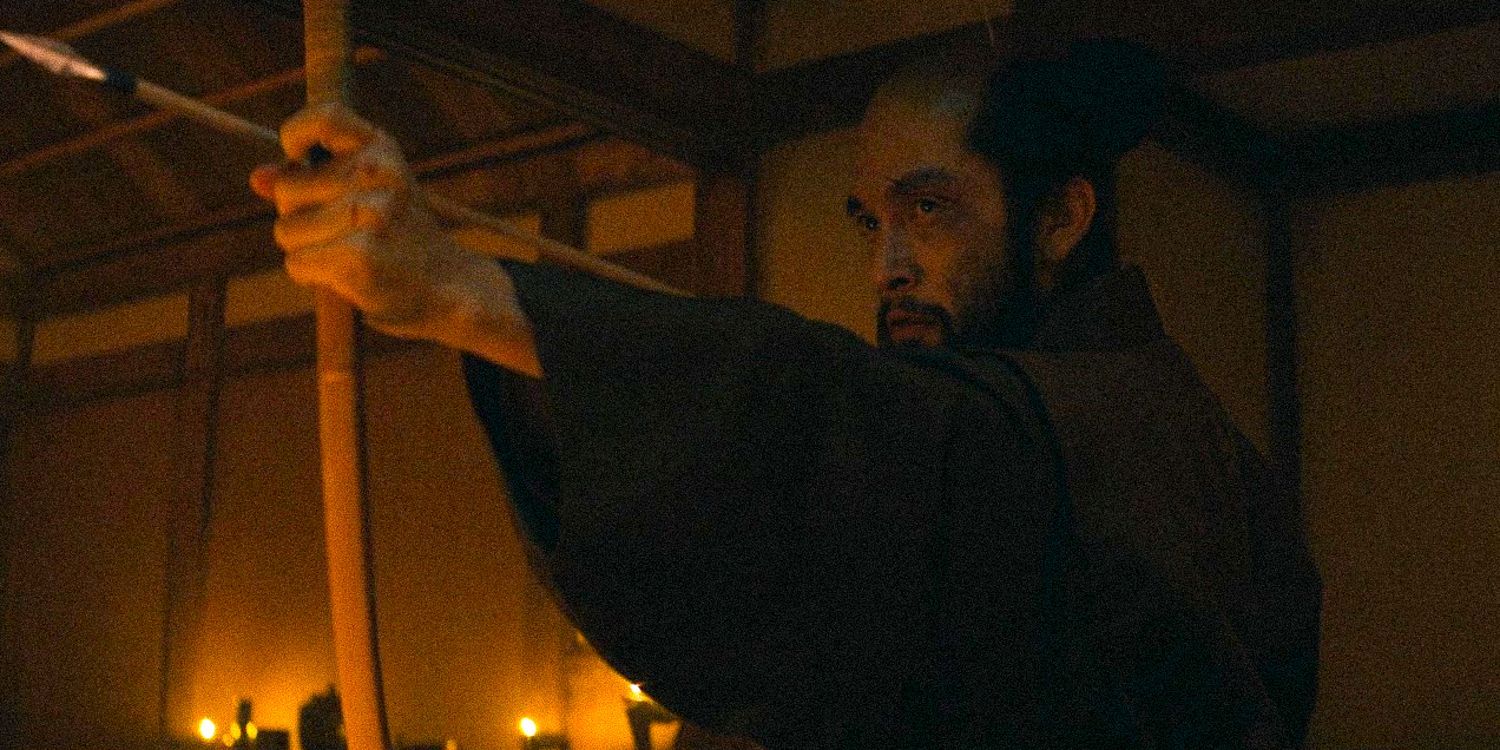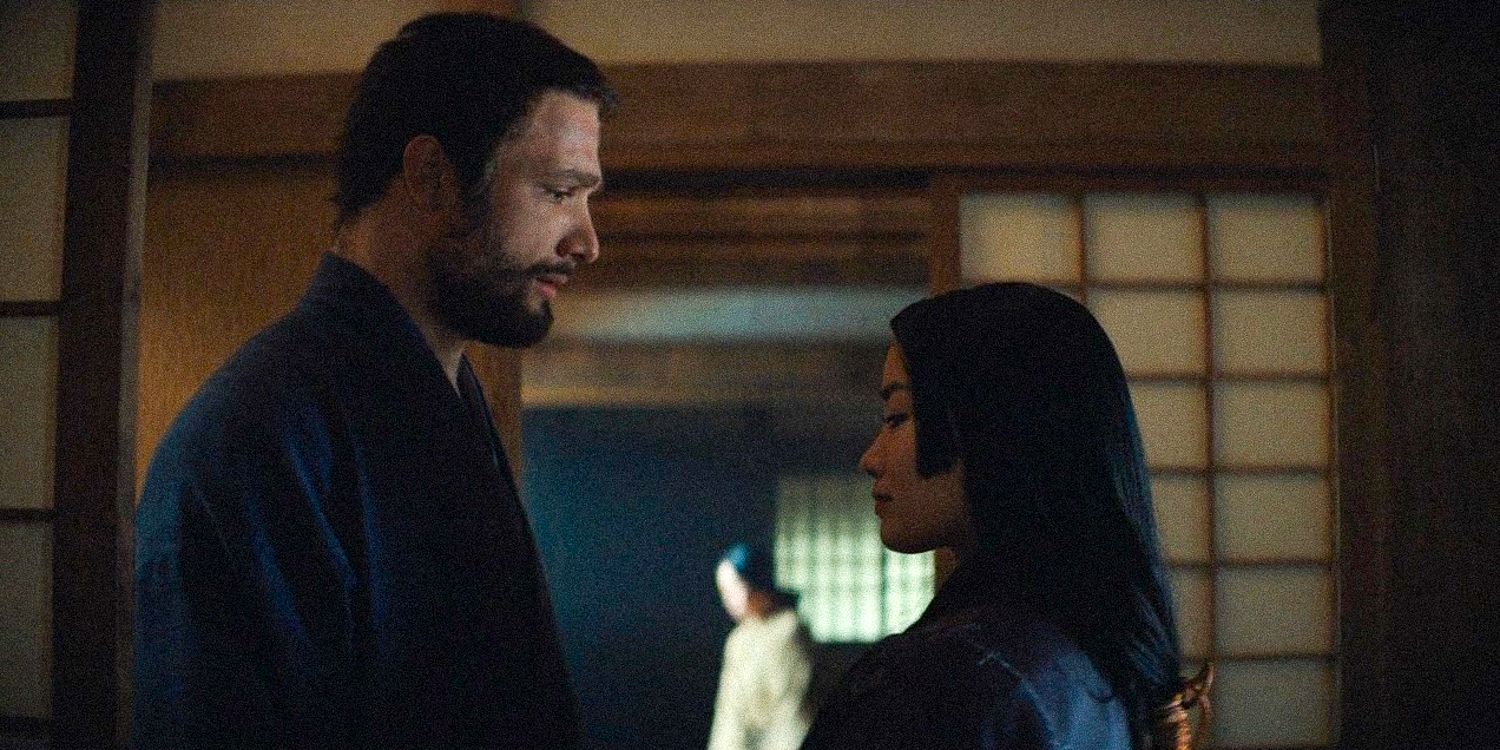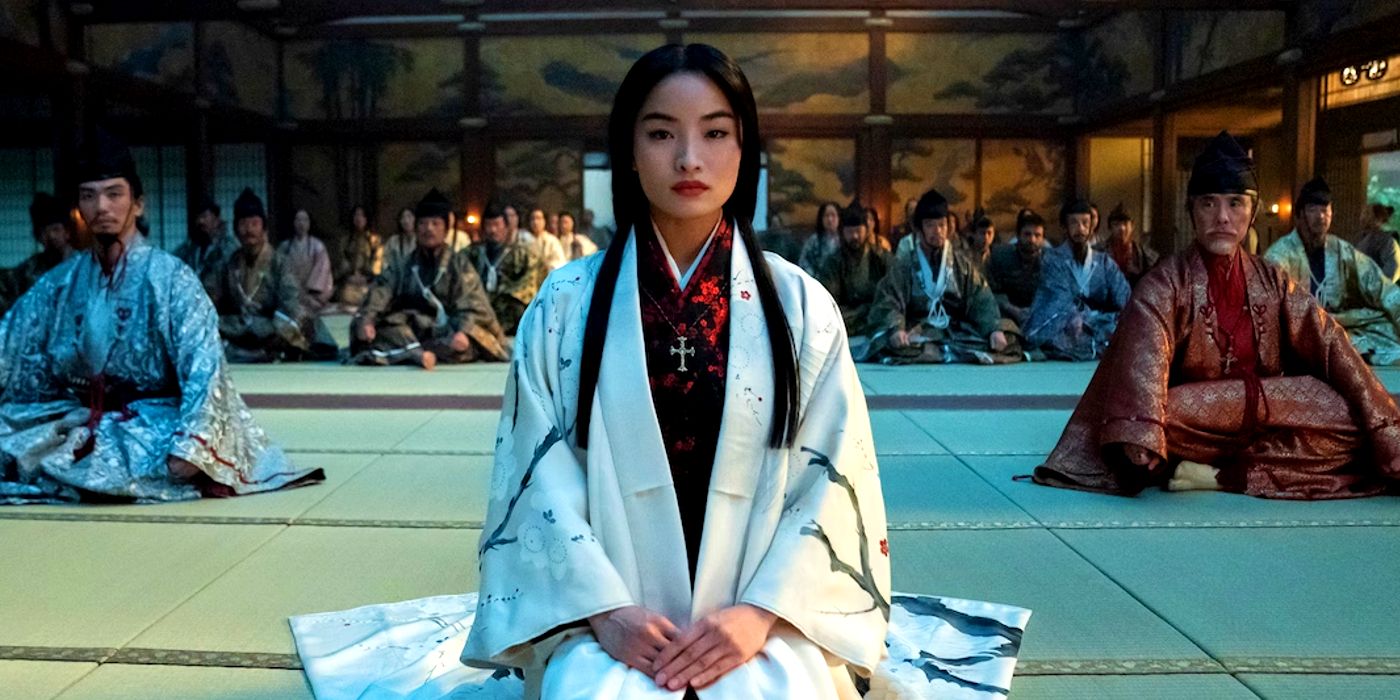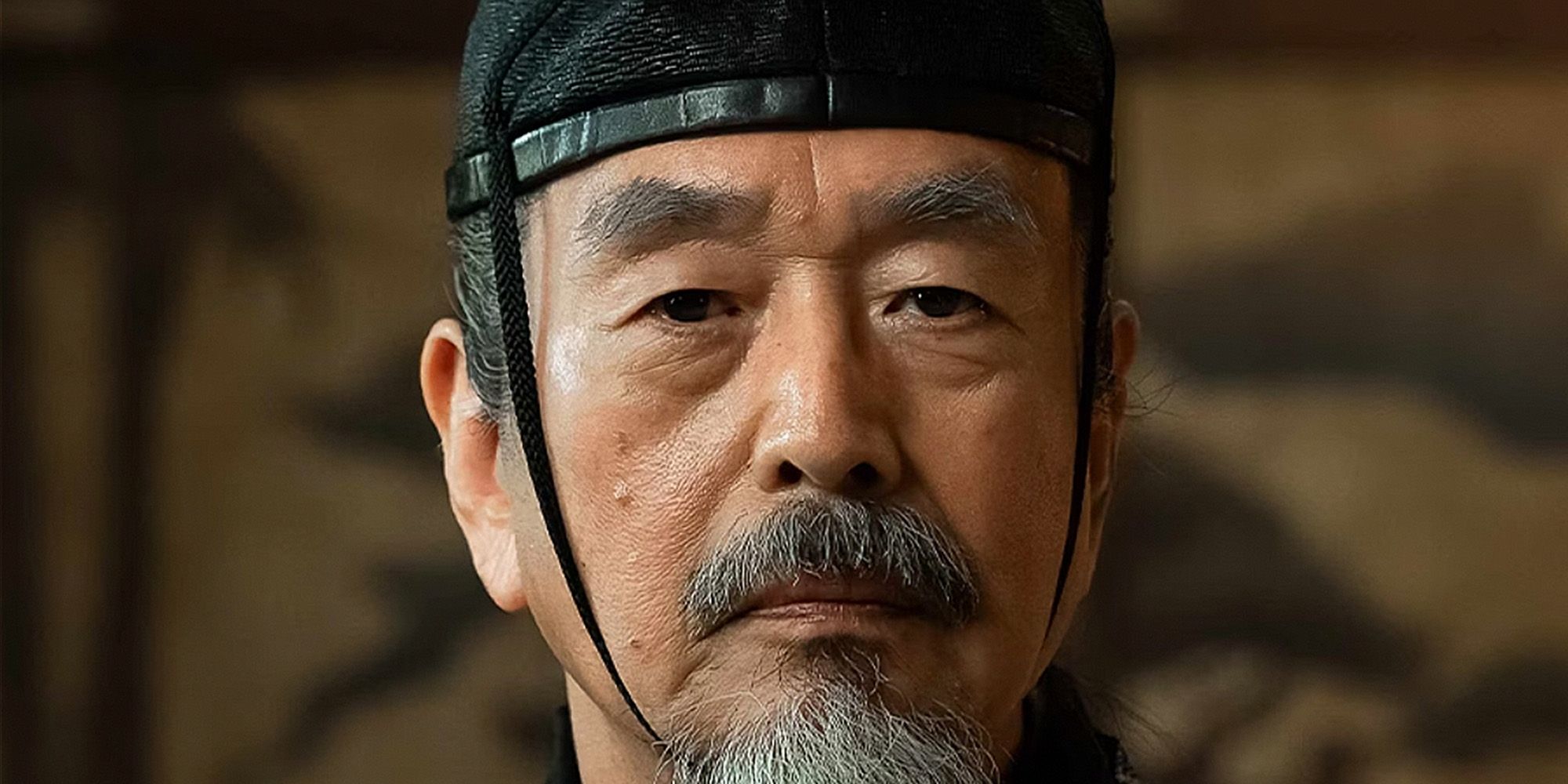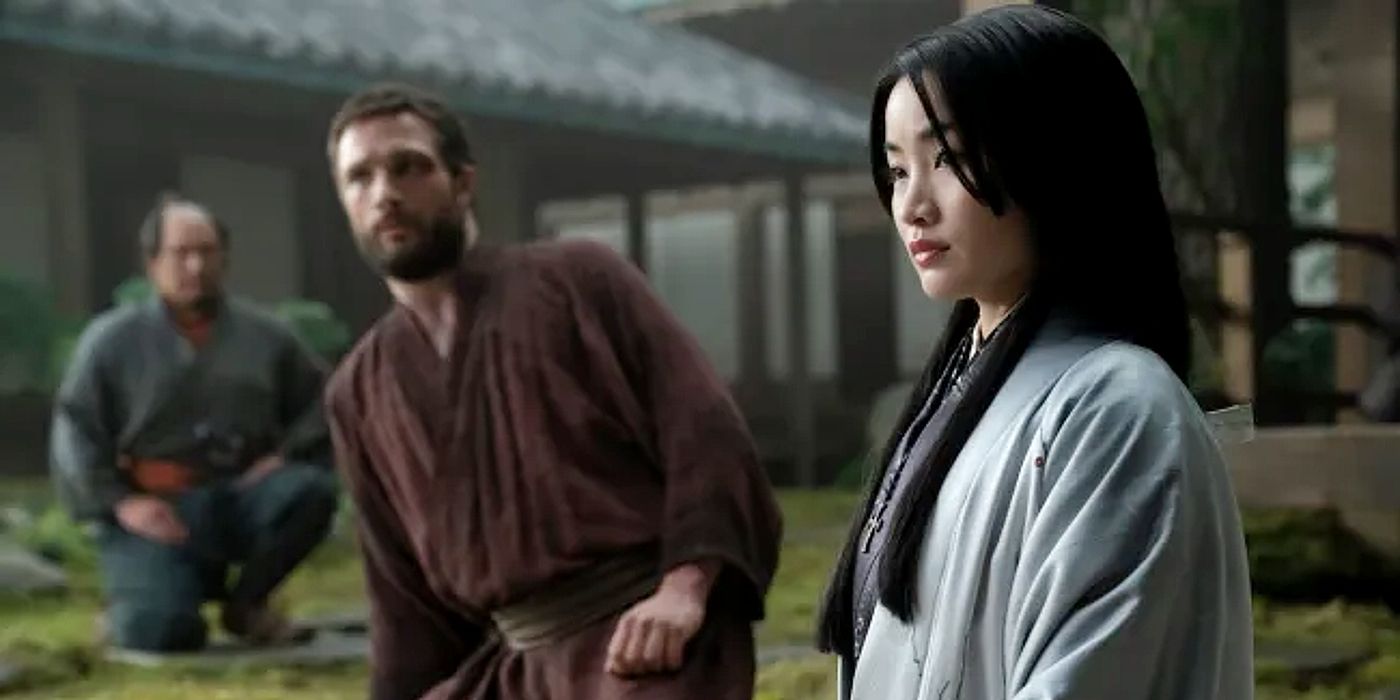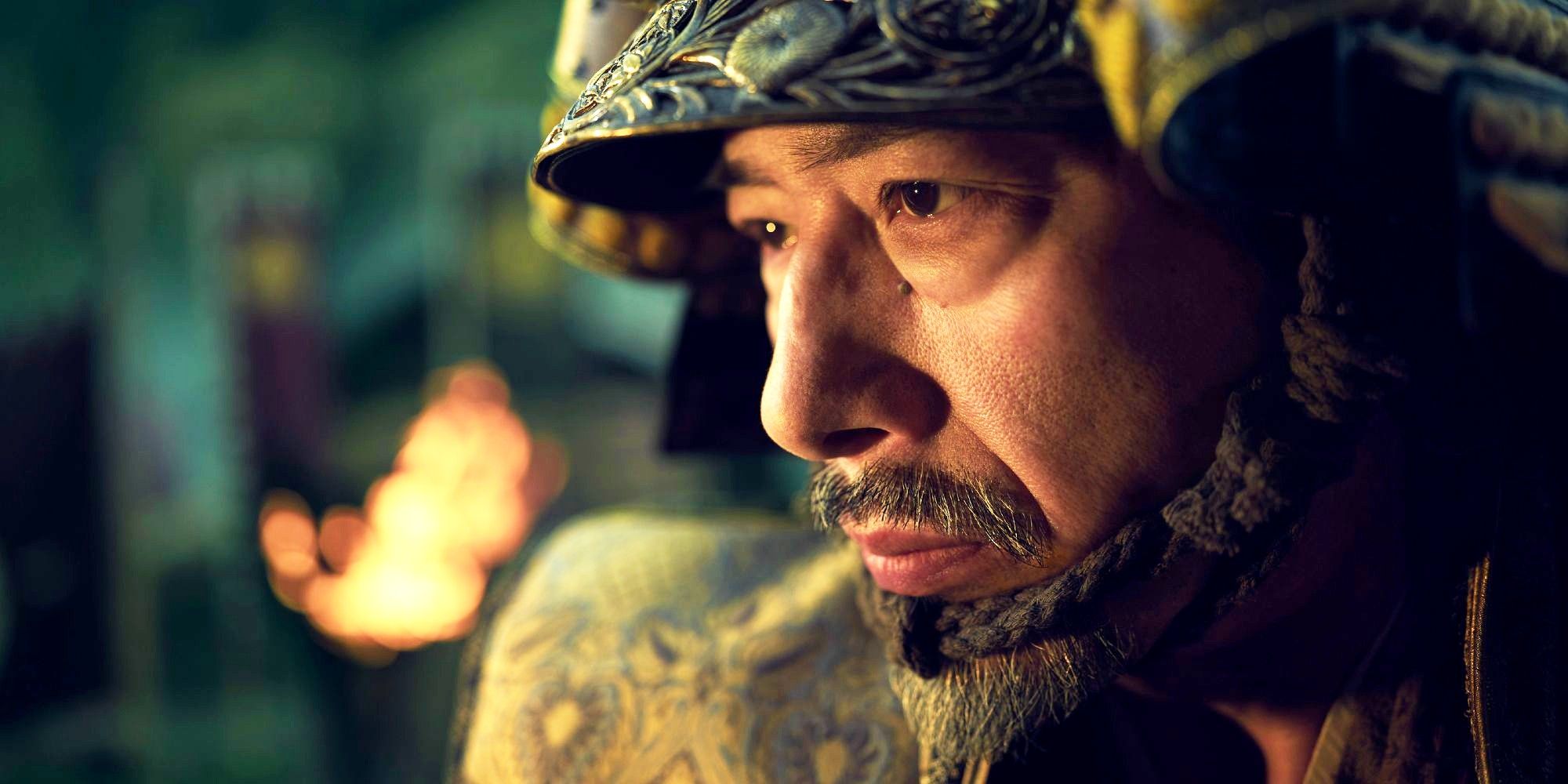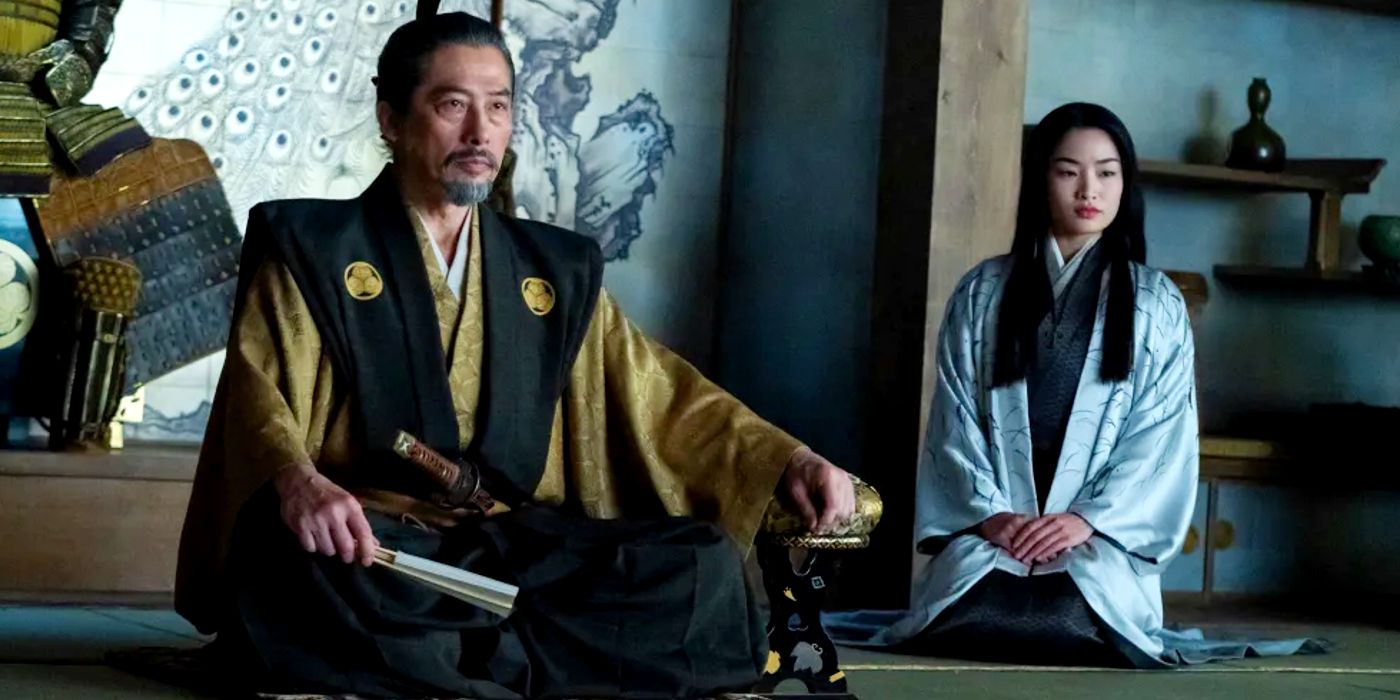Although Shogun contains brutal depictions of feudal combat, the show’s true strength comes from contrasting the action with quiet drama.
FX’s Shogun is a masterclass in contrasts. Although the show was marketed on the basis of intense, brutal feudal combat, its real strength comes from the juxtaposition of violence with quiet, contemplative scenes of character development. As a result, Shogun is much more than a pulpy counterpart to gratuitous period action series like Game of Thrones. Instead, the show combines compelling characters, intimate stories, and intricate world-building – punctuated by moments of surprising and effective savagery.
Set in the early 17th century, Shogun explores the clash of cultures resulting from Englishman John Blackthorne’s surprise arrival in Japan. Blackthorne’s appearance coincides with a period of intense political turmoil, with the show exploring the high-stakes rivalries dominating the country and Blackthorne’s efforts to integrate with an unfamiliar culture. The conflict between feuding factions means that war is an unavoidable part of Shogun‘s story. However, while fighting is an essential way of bringing the characters and culture to life, Shogun‘s world is made even richer by the additional emphasis on more personal moments.
Shogun’s Brutal Conflict Was Initially The Show’s Selling Point
Understandably, Shogun‘s trailers and marketing material emphasized the series’ battle scenes. The show’s iconic poster, for instance, shows a single horseman riding into combat, while the tone of the trailers made it clear that civil war was the main catalyst propelling the narrative. Early footage emphasized the different kinds of combat seen throughout the show, with brief clips of isolated dueling warriors playing as significant a role in promoting the show as larger shots of grand armies doing battle. This all made it plain that, although politics was important, Shogun would emphasize spectacle.
Beyond teasing the importance of action, however, the show initially seemed to revel in the brutality of Shogun‘s world. The final Shogun trailer, for example, used a scene with John Blackthorne labeling the Japanese people as “God-less savages“, while also using footage from episode 1’s incredibly dark cauldron death. While bloody violence was minimal, the inference was clear that Shogun would not pull any punches with its content, using gruesome action as a way to emphasize the visceral hardships of feudal life. However, while the show has indeed delivered on this promise, it has not been Shogun‘s defining attribute.
